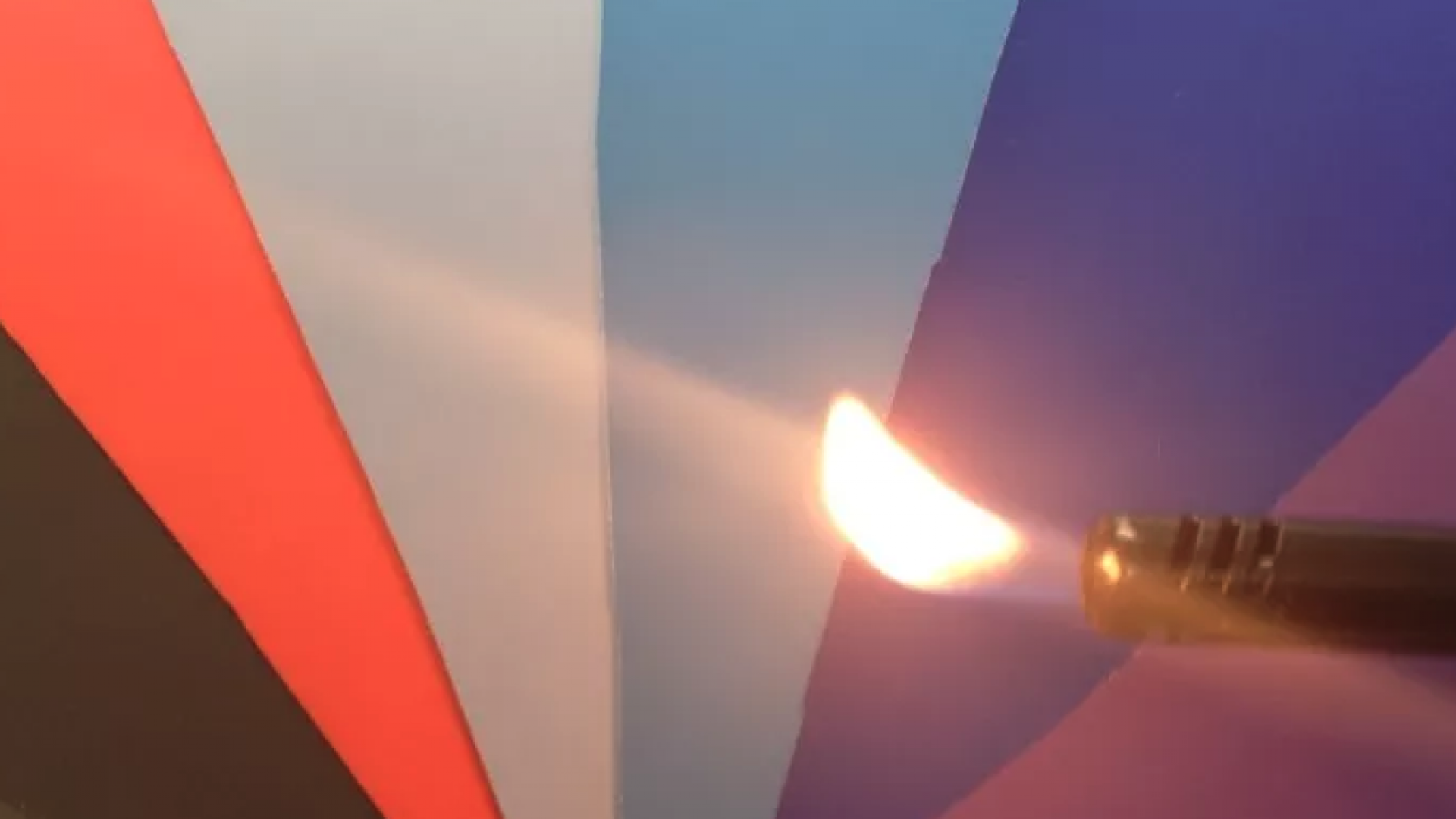A Brief History of Flame Retardant Textiles
Published 3rd April 2023
Flame retardant textiles are something that we take for granted these days, and in many industries, their use is mandatory. They’re used across all kinds of sectors to protect workers, emergency services and even hospital patients from the dangers of fire.
You might assume that flame retardant textiles are a modern invention, but in fact, their history can be traced back many thousands of years, all the way back to Ancient Greece in 4000 BC. Like so many innovations, the development of flame retardant textiles has been strongly influenced by war, but this wasn’t the only factor. Everything from Roman cremations to royal banquets has also moved their development along. So let’s take a look at the history of flame retardant textiles.
The earliest uses
Flame resistant textiles go all the way back to Ancient Greece, where they first discovered that asbestos did not burn easily. In fact, the word asbestos is rooted in the Greek for inextinguishable. Fast forward to Roman times, and you find asbestos shrouds being used in cremations to prevent the ashes from the body mixing with the ashes from the fire.
On a less sombre theme, in the 8th century, King Charlemagne was known for introducing asbestos-treated tablecloths at feasts, to prevent fires from candles knocked over by drunken guests. By the 17th century, asbestos-treated flame retardant textiles were widely used in theatres in Britain and France to reduce the risk of fire from stage lighting.
The post-asbestos era
Eventually, people realised the harmful effects of using asbestos, and so scientists went back to the drawing board to come up with alternative ways to create fire retardant textiles. The first such patent was awarded to Obediah Wylde in 1735, who used sulfate, alum, iron and borax to treat fabrics. This work was continued over the next century by French chemist Joseph Gay-Lussac, who did significant research into the flame retardant properties of various chemicals.
The problem with many of these early treatments was a lack of longevity. While they were highly effective to begin with, their fire resistance soon washed out after repeated laundering. The first durable flame retardant textiles were not created until 1912, by English chemist William Henry Perkins.
Modern flame retardant textiles
As with so many innovations, the second world war proved a major driver in the development of flame retardant textiles. Many researchers, including the US Army Quartermaster Corps, worked hard to develop fabrics to protect troops on the front line as well as key facilities in major cities.
Following the war, this research was brought into the mainstream with the introduction of the Flammable Fabrics Act (1953). This set standards for clothing and other textiles that significantly raised the bar for fire safety in homes and hospitals.
PROBAN® supplied by Redwood
The development of modern materials technology has led to many significant advancements, as scientists began to look beyond simply coating fabrics, to using chemical processes to modify the very fibres from which these fabrics are woven.
Today, Redwood recommends the state-of-the-art PROBAN® process for flame retardant textiles. This patented and licenced process traps polymers at the core of cotton fibres, creating a cross-linked PROBAN®/cotton composite that is not only highly flame resistant, but has lifelong durability. PROBAN® is completely insoluble so will never wash out of the fabric.
PROBAN® is only licenced to carefully selected manufacturers, who produce flame retardant textiles to the highest quality standards. Redwood are proud to meet and exceed these standards, providing our customers with the very best flame retardant fabrics across a wide range of medical and hospitality products, including bedding and mattresses.
To find out more about Redwood’s range of flame retardant textiles, get in touch with our technical team today on 01695 553 830 or complete the enquiry form on our website.

